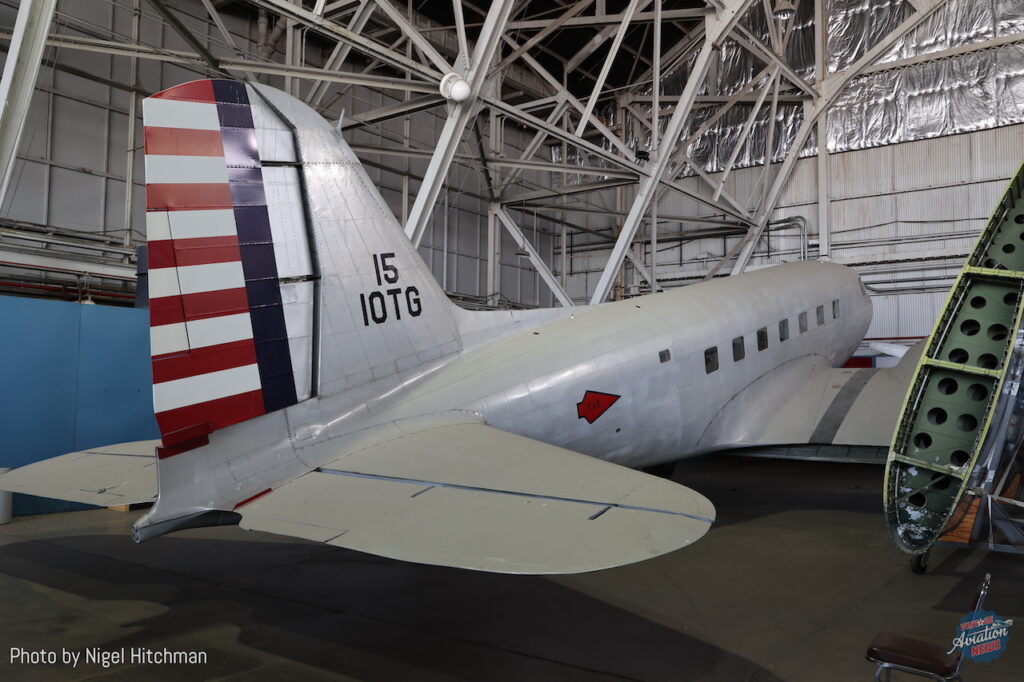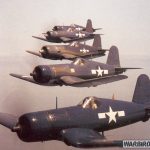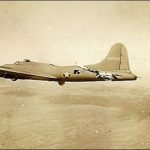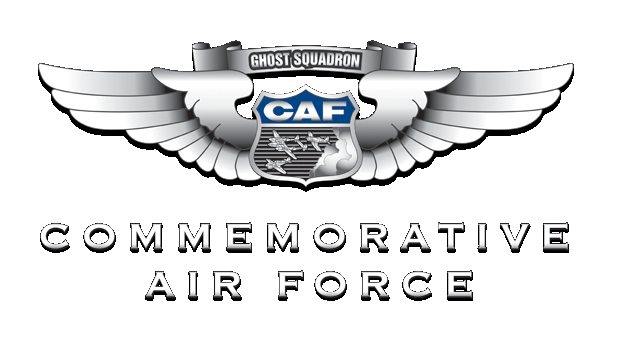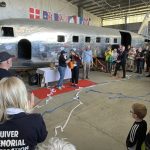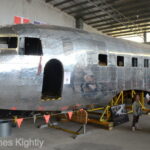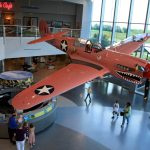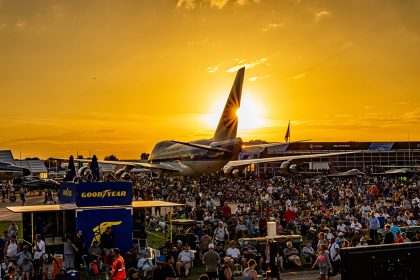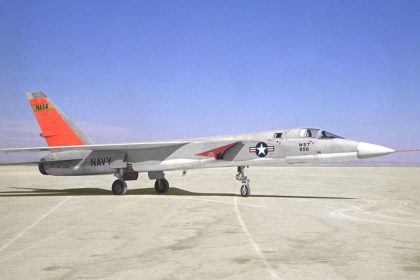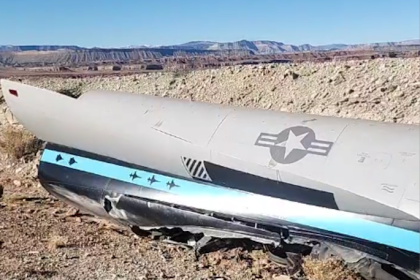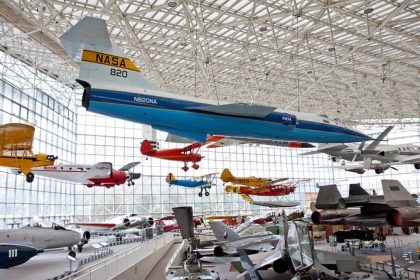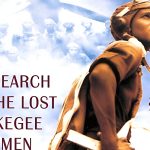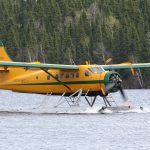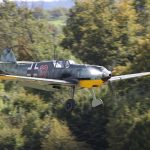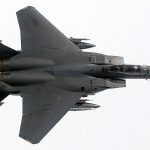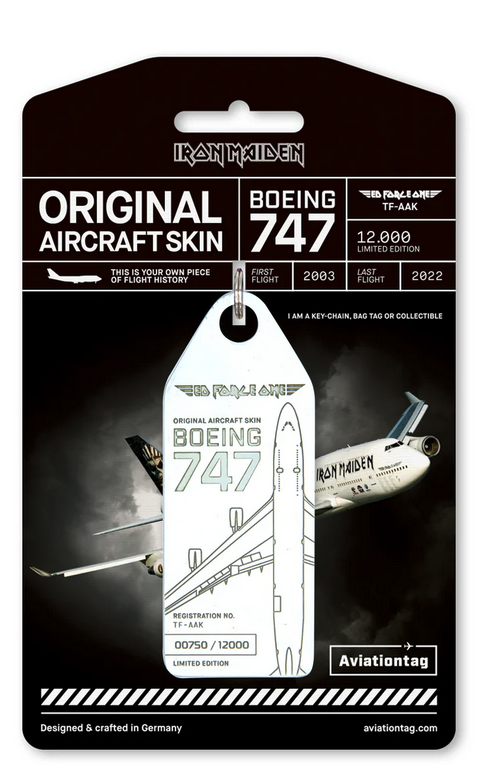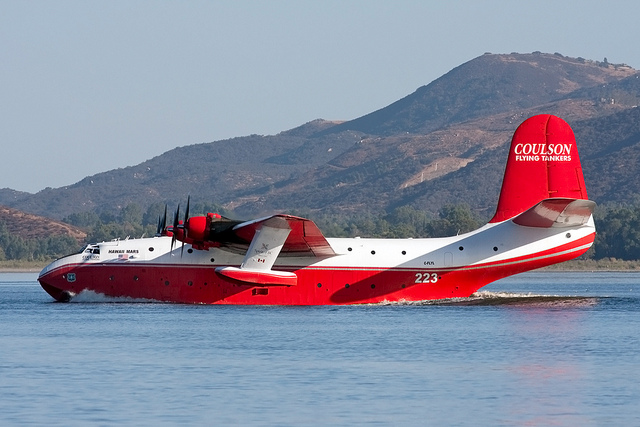
On this day in aviation history, 91 years ago—May 11, 1934—the Douglas DC-2 made its maiden flight. Developed by the Douglas Aircraft Company, this twin-engined airliner was a significant advancement in commercial aviation. At the time of its introduction, the DC-2 was in direct competition with the Boeing Model 247. However, Douglas’s design was notably more advanced, featuring a tapered wing, retractable landing gear, and more powerful engines.

Impressed by the aircraft’s performance and modern design, Transcontinental & Western Air (TWA) placed an immediate order for 20 DC-2s. Growing interest from both domestic and international airlines led to expanded production, as well as licensed manufacturing in Europe and Japan.
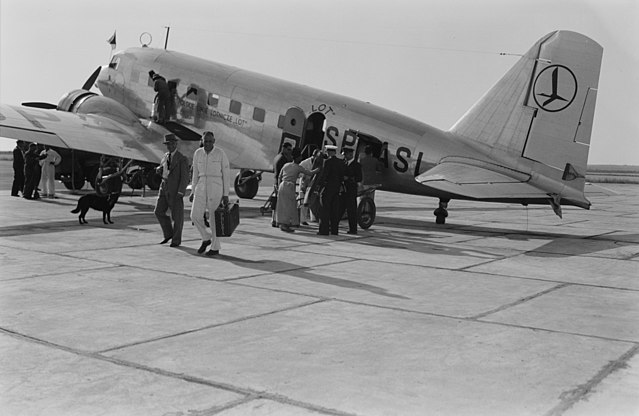
The DC-2 typically carried a crew of two or three and could accommodate up to 14 passengers. It was powered by a pair of Wright GR-1820-F52 Cyclone radial engines, each producing 775 horsepower. The aircraft cruised efficiently at 190 miles per hour, with a range of 1,000 miles and a service ceiling of 22,450 feet. Between 1934 and 1939, a total of 192 DC-2s were built. Several served with the U.S. Army Air Corps during World War II under the designations C-32A and C-33.
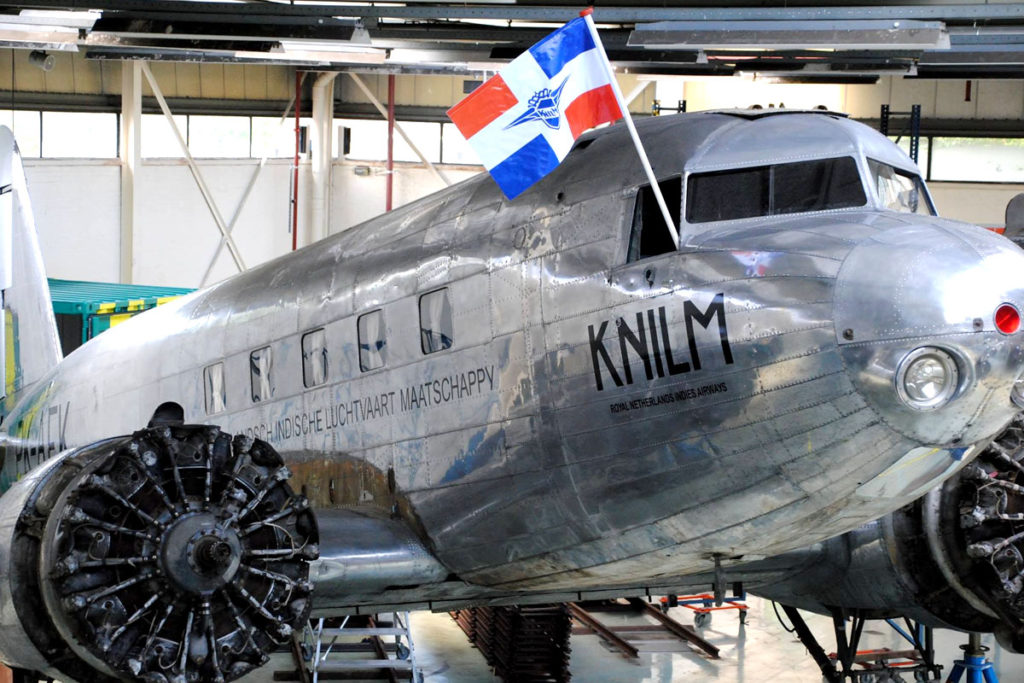
Today, eight DC-2s are known to survive worldwide. One remains airworthy: construction number 1404, owned and operated by The Aviodrome aviation museum in Lelystad, Netherlands. Other examples are preserved in static displays or undergoing restoration. The DC-2 is best remembered as the precursor to the Douglas DC-3—one of the most iconic and successful airliners in aviation history.
